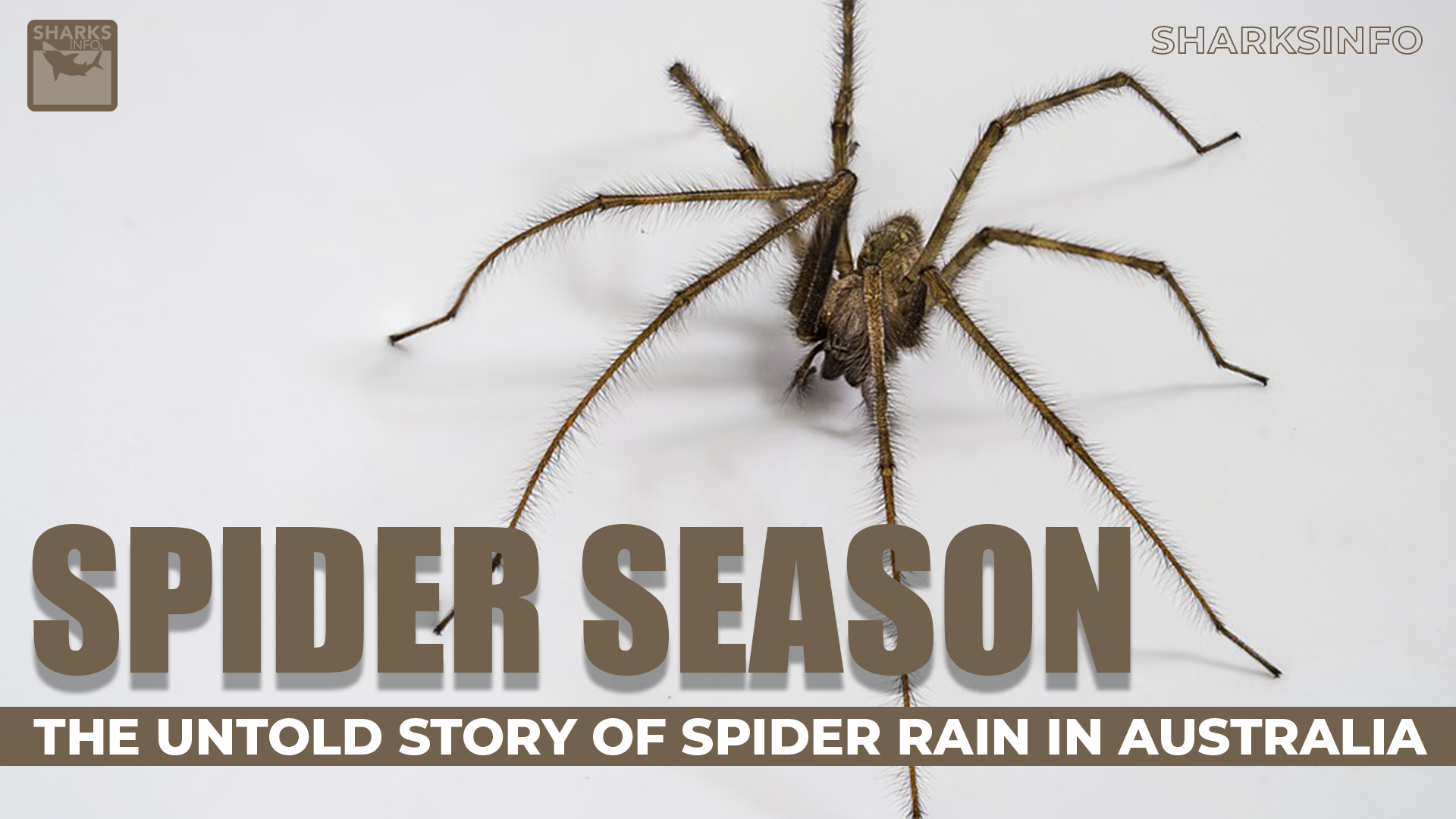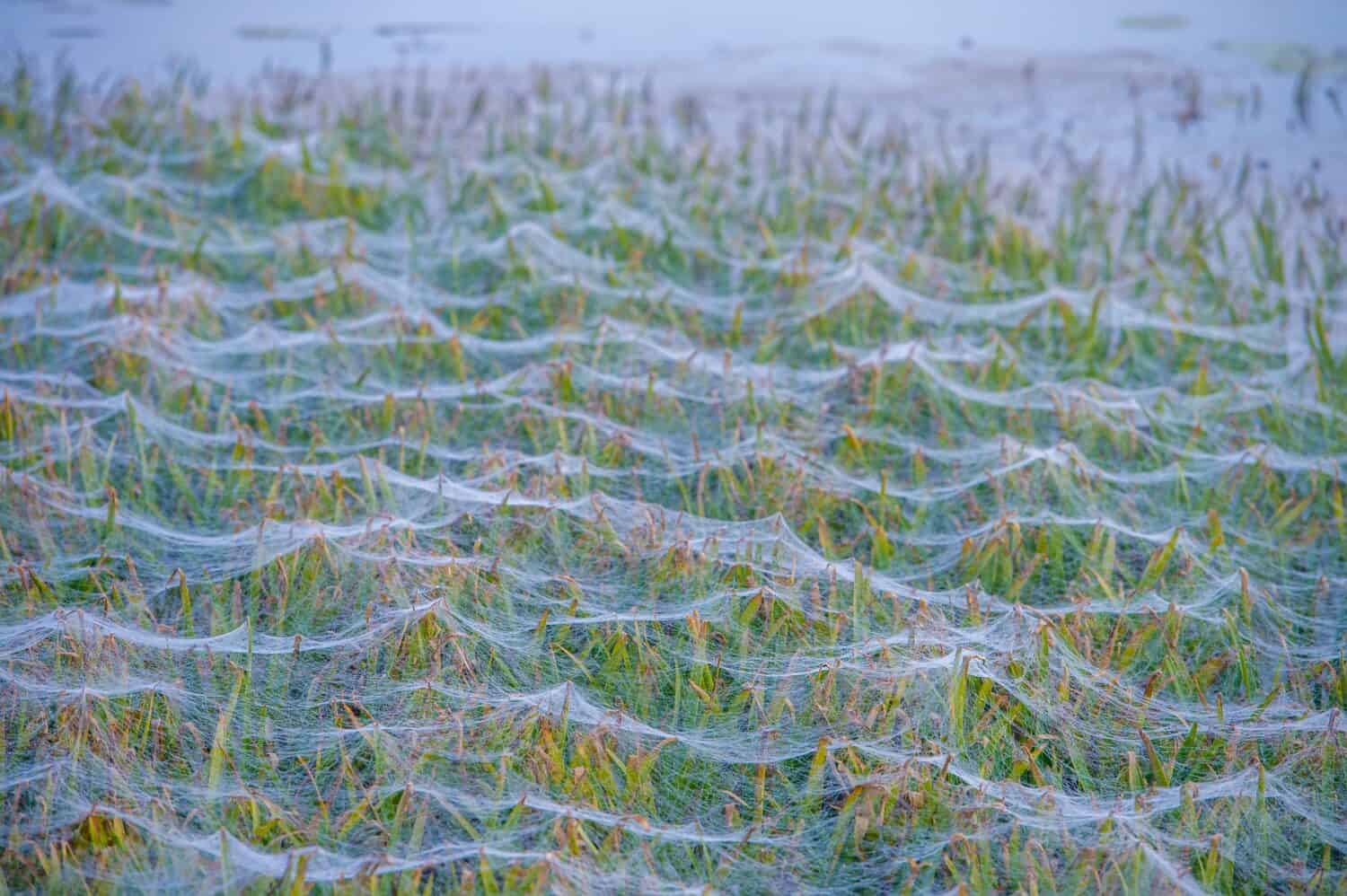Australian Spider Season: A Comprehensive Guide To Understanding And Managing Spider Activity
Australian spider season is a topic that often raises curiosity and concern among residents and visitors alike. Each year, as the weather shifts, spider populations become more active, leading to increased sightings and interactions. Whether you're fascinated by these eight-legged creatures or find them unsettling, understanding spider season in Australia is essential for safety and awareness.
As the southern hemisphere experiences seasonal changes, spiders in Australia begin their annual activity cycles. This period, commonly referred to as "spider season," typically occurs during the warmer months when conditions are optimal for breeding and hunting. The phenomenon is not only fascinating from an ecological perspective but also crucial for those who live in or visit Australia.
This article aims to provide a thorough understanding of Australian spider season, covering everything from the science behind spider activity to practical tips for managing encounters. By the end, you'll have a clearer picture of what to expect and how to stay safe during this unique time of year.
Read also:Amanda Lepore Age The Extraordinary Journey Of A Transgender Icon
Table of Contents
- Biological Background of Australian Spiders
- Seasonal Patterns and Spider Behavior
- Common Spider Species in Australia
- Spider Season Timeline
- Safety Measures During Spider Season
- Environmental Impact of Spider Season
- Debunking Common Myths About Spiders
- Scientific Research on Spider Populations
- Historical Perspective on Spider Season
- Conclusion and Final Thoughts
Biological Background of Australian Spiders
Australian spiders are a diverse group of arachnids that play a vital role in the ecosystem. With over 2,000 species identified, these creatures contribute to controlling insect populations and maintaining ecological balance. During spider season, their activity levels increase significantly due to favorable environmental conditions.
Key Characteristics of Australian Spiders
Australian spiders exhibit a range of fascinating characteristics:
- Highly adapted to the local climate and terrain.
- Varied in size, color, and behavior, depending on the species.
- Some species are venomous, while others pose no threat to humans.
Understanding the biology of these spiders is crucial for appreciating their role in nature and managing potential risks.
Seasonal Patterns and Spider Behavior
Spider season in Australia typically peaks during the warmer months, from spring to early summer. This period corresponds with increased temperatures and humidity, which encourage spider activity. During this time, spiders become more visible as they search for mates and build webs.
Factors Influencing Spider Activity
Several factors influence spider behavior during this season:
- Temperature: Warmer weather stimulates metabolic rates and encourages movement.
- Food availability: An abundance of insects provides ample prey for spiders.
- Breeding cycles: Many species reproduce during this time, leading to higher visibility.
These patterns highlight the importance of understanding seasonal changes when studying spider populations.
Read also:Rollie Baddies Age Unveiling The Life And Journey Of A Rising Star
Common Spider Species in Australia
Australia is home to a variety of spider species, each with unique traits and habitats. Some of the most well-known species include:
- Huntsman Spiders: Large, fast-moving spiders often found indoors.
- Redback Spiders: Venomous spiders known for their distinctive red markings.
- Tarantulas: Large, hairy spiders primarily found in tropical regions.
- Funnel-Web Spiders: Highly venomous spiders native to eastern Australia.
Familiarizing yourself with these species can help you identify and respond appropriately to encounters.
Spider Season Timeline
The spider season in Australia follows a predictable timeline:
- Spring: Spider activity begins to increase as temperatures rise.
- Summer: Peak activity occurs, with spiders actively hunting and mating.
- Autumn: Activity levels start to decline as cooler weather approaches.
This timeline provides a useful framework for understanding when and where spider encounters are most likely to occur.
Safety Measures During Spider Season
While most spiders in Australia are harmless, it's important to take precautions during spider season to minimize risks:
- Inspect your home regularly for signs of spider activity.
- Wear gloves when gardening or handling outdoor equipment.
- Keep windows and doors screened to prevent spiders from entering.
By implementing these safety measures, you can reduce the likelihood of unpleasant encounters.
Environmental Impact of Spider Season
Spider season has significant implications for the environment:
- Spiders help control insect populations, reducing pest-related issues.
- Their presence contributes to biodiversity and ecological stability.
- Increased spider activity can impact human-wildlife interactions.
Recognizing the environmental role of spiders is essential for fostering coexistence and conservation efforts.
Debunking Common Myths About Spiders
Many misconceptions surround spiders, especially during spider season. Here are some common myths debunked:
- Myth: All spiders are venomous. Fact: Only a small percentage of spiders pose a threat to humans.
- Myth: Spiders intentionally target humans. Fact: Most spider bites occur accidentally when humans disturb the spider's habitat.
- Myth: Spiders are aggressive. Fact: Spiders are generally shy and avoid human contact whenever possible.
Dispelling these myths can help reduce fear and promote understanding.
Scientific Research on Spider Populations
Researchers continue to study spider populations in Australia to better understand their behavior and ecological roles. Recent studies have focused on:
- The effects of climate change on spider activity.
- The genetic diversity of spider species in different regions.
- The impact of urbanization on spider habitats.
These findings contribute to a growing body of knowledge that informs conservation and management strategies.
Historical Perspective on Spider Season
Spider season has been a recurring phenomenon in Australia for centuries. Indigenous communities have long recognized the importance of spiders in the ecosystem and incorporated them into their cultural narratives. Historical records also document early settlers' encounters with spiders and their efforts to manage spider populations.
This historical context highlights the enduring relationship between humans and spiders in Australia.
Conclusion and Final Thoughts
Australian spider season is a fascinating yet complex phenomenon that affects both the environment and human populations. By understanding the biology, behavior, and ecological role of spiders, we can better appreciate their significance and take steps to ensure safety during this period.
We encourage readers to share their experiences and insights in the comments section below. Additionally, feel free to explore other articles on our site for more information on Australian wildlife and ecosystems.
Data and references for this article were sourced from reputable organizations such as the Australian Museum, CSIRO, and peer-reviewed scientific journals. For further reading, consider exploring these resources to deepen your understanding of Australian spider season.


